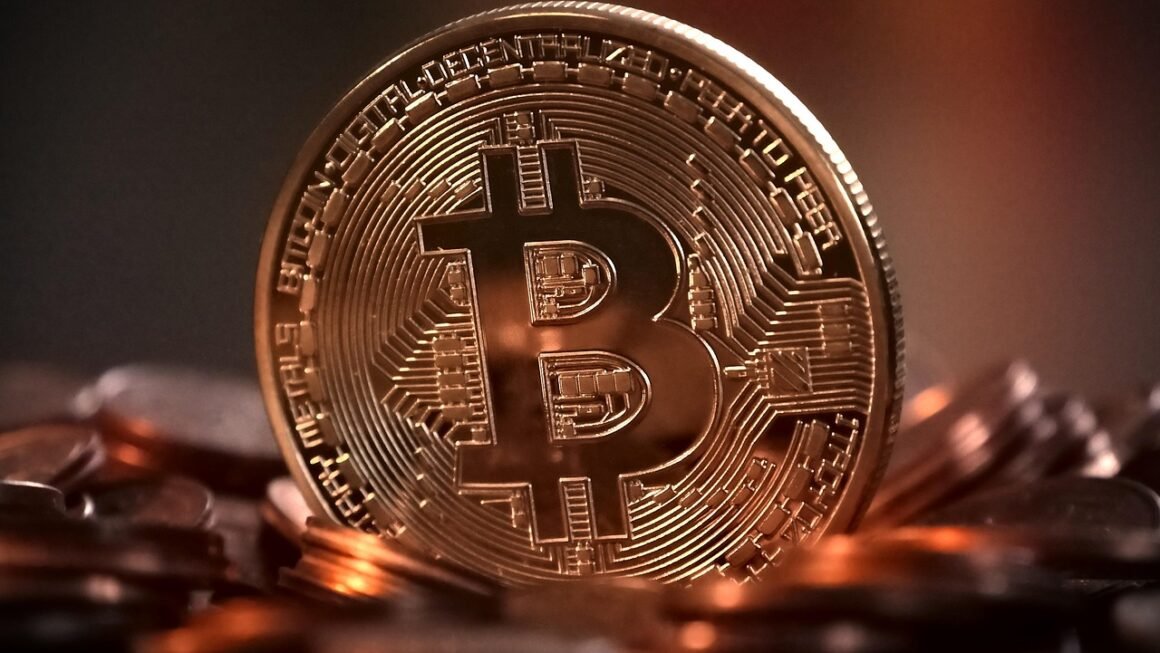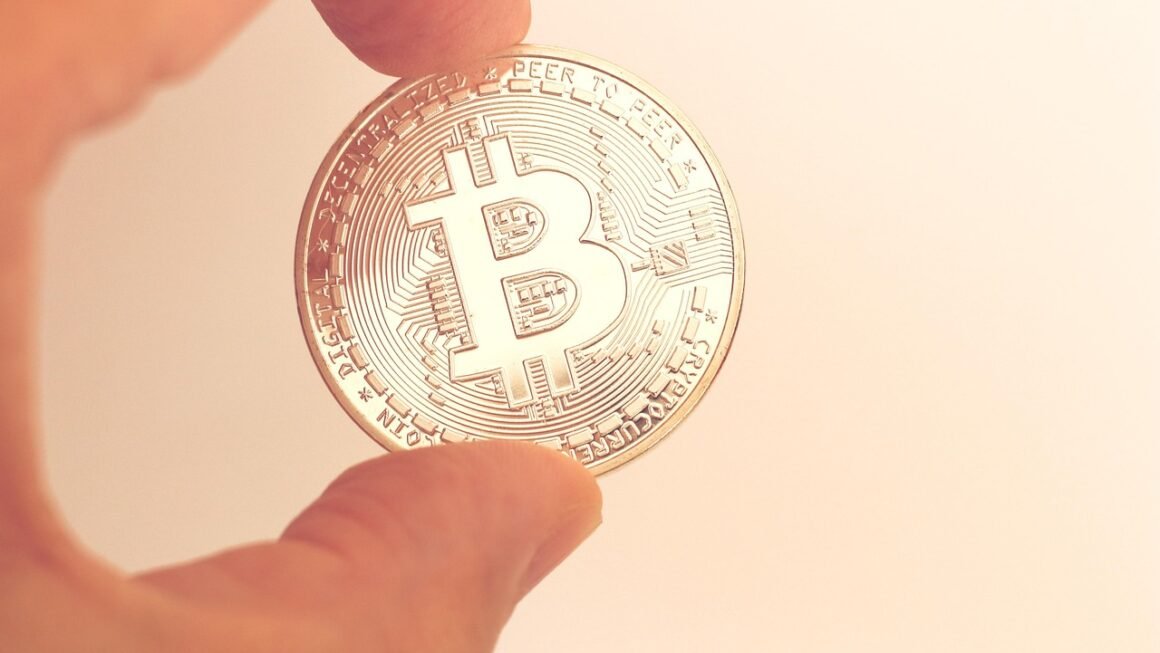Imagine a cryptocurrency where the more it’s used, the scarcer it becomes. This is the basic concept behind deflationary tokens, a digital asset designed with a built-in mechanism to reduce its total supply over time. Unlike traditional currencies, which can be printed at will, deflationary tokens aim to increase in value due to scarcity, theoretically benefiting holders. But how does this process work, and what are the potential benefits and risks involved? Let’s dive into the world of deflationary tokens and explore their mechanics, advantages, and considerations for investors.
Understanding Deflationary Tokens
What Makes a Token Deflationary?
A deflationary token operates on a simple principle: reduce the supply to increase demand. This is achieved through various mechanisms built directly into the token’s smart contract. Common methods include:
- Burning: Permanently removing tokens from circulation by sending them to an unspendable address (often called a “burn address”).
- Transaction Fees: Charging a small fee on each transaction, with a portion of the fee being burned, redistributed to holders, or used for other purposes.
- Buybacks: Using a portion of collected fees to buy back tokens from the market and subsequently burn them.
The burning mechanism reduces the overall supply, which, assuming demand remains constant or increases, should theoretically lead to a higher price per token.
How Does Burning Work?
Burning is the most direct method for reducing the token supply. When tokens are burned, they are sent to an address where no one has the private key, rendering them permanently inaccessible. The number of tokens burned is typically publicly verifiable on the blockchain. For example, a token might implement a function within its smart contract that, with each transaction, sends a small percentage of the traded tokens to the burn address, effectively destroying them.
Transaction Fees and Distribution
Transaction fees are another common deflationary mechanism. A small percentage of each transaction is charged as a fee. This fee can be distributed in several ways:
- Burned: As mentioned above, a portion of the fee can be burned to reduce the total supply.
- Redistributed to Holders: Rewarding existing holders by distributing a portion of the fees directly to their wallets. This incentivizes holding the token.
- Used for Development or Marketing: Funding the token’s ecosystem by using the fees for development, marketing, or other activities that support the token’s growth.
For example, Safemoon was a popular deflationary token that charged a 10% fee on each transaction, with half of the fee redistributed to holders and the other half added to a liquidity pool and/or burned.
The Potential Benefits of Deflationary Tokens
Scarcity and Value Appreciation
The most touted benefit of deflationary tokens is their potential for value appreciation due to increasing scarcity. As the supply decreases and demand remains stable or grows, the price per token could theoretically rise. This is attractive to investors seeking long-term gains.
Incentivizing Holding
Deflationary mechanisms, particularly those that redistribute transaction fees to holders, can incentivize holding the token rather than trading it frequently. This can lead to greater stability in the token’s price and reduce volatility.
Community Building
The distribution of transaction fees and the perceived benefits of scarcity can foster a strong sense of community among token holders. Holders are incentivized to promote the token and support its ecosystem, as they directly benefit from its success.
The Risks and Challenges of Deflationary Tokens
Ponzi Scheme Concerns
One of the biggest criticisms of deflationary tokens is that they can resemble Ponzi schemes. If the token’s value is solely dependent on new investors buying in to redistribute fees to early adopters, the token is likely unsustainable in the long run. If new investors stop coming in, the token’s price will likely plummet.
Regulatory Uncertainty
The regulatory landscape surrounding cryptocurrencies is constantly evolving. Deflationary tokens, especially those that redistribute transaction fees, may face increased scrutiny from regulators due to concerns about securities laws.
Market Volatility
While deflationary mechanisms aim to reduce volatility, the cryptocurrency market is inherently volatile. Even with built-in scarcity, the price of a deflationary token can still be affected by market trends, investor sentiment, and other external factors.
Smart Contract Vulnerabilities
As with any cryptocurrency, deflationary tokens are vulnerable to smart contract exploits. If the smart contract has bugs or vulnerabilities, attackers could potentially drain the token’s supply or manipulate the burning mechanisms.
Examples of Deflationary Tokens
SafeMoon
SafeMoon, mentioned earlier, exemplifies a deflationary token with redistribution mechanics. It charged a 10% fee on each transaction: 5% was redistributed to existing holders, and 5% was split between liquidity and burning. However, it faced criticisms and challenges related to its tokenomics and regulatory uncertainties.
Shiba Inu (SHIB)
While not purely deflationary through transaction fees, Shiba Inu has implemented burning mechanisms to reduce its circulating supply. The SHIB community has actively participated in burning events, permanently removing billions of tokens from circulation.
Pundi X (NPXS)
Pundi X initially had a very high token supply. They employed a token reduction (swap) mechanism to significantly decrease the supply. This wasn’t a continuous deflationary process like SafeMoon, but a one-time event aimed at creating more scarcity.
Evaluating a Deflationary Token: What to Consider
Team and Development
Research the team behind the token. Are they transparent? Do they have a proven track record in the cryptocurrency space? A strong and dedicated team is crucial for the long-term success of any project.
Whitepaper and Tokenomics
Carefully review the token’s whitepaper and understand its tokenomics. How does the burning mechanism work? What percentage of transaction fees are redistributed or burned? Are the tokenomics sustainable in the long run?
Community
Assess the strength and engagement of the token’s community. A strong community can provide support and promote the token, but be wary of communities that are overly zealous or engage in spamming or shilling.
Market Cap and Liquidity
Check the token’s market cap and liquidity. A low market cap can make the token more volatile, while low liquidity can make it difficult to buy or sell without affecting the price.
Smart Contract Audit
Verify that the token’s smart contract has been audited by a reputable security firm. An audit can identify potential vulnerabilities and give you greater confidence in the token’s security.
Conclusion
Deflationary tokens offer an intriguing approach to cryptocurrency design by incorporating mechanisms that reduce the total token supply over time. While the potential for value appreciation and incentivized holding can be attractive, it’s crucial to approach these tokens with caution and conduct thorough research. Understanding the risks associated with Ponzi scheme-like structures, regulatory uncertainties, and smart contract vulnerabilities is essential for making informed investment decisions. By carefully evaluating the team, tokenomics, community, and security of a deflationary token, investors can better assess its potential and make more informed choices in the dynamic world of cryptocurrencies.



